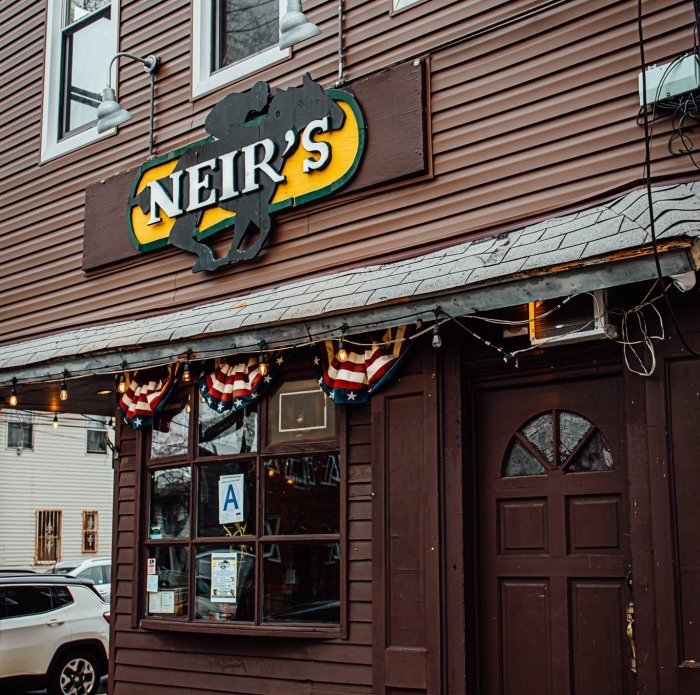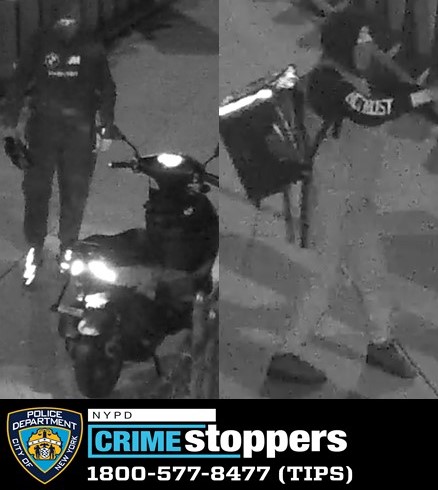A new report found that 45 percent of the drivers that would be affected by congestion pricing are from the five boroughs; however, Queens’ commuters would be hit hardest as 18.7 percent of those drivers hail from the borough.
The report, released by the city’s Independent Budget Office (IBO) on Tuesday, December 11, comes as the New York City Traffic Mitigation Congestion Commission continues to study alternatives to reduce congestion inside Manhattan’s central business district.
Nearly 55 percent of drivers into the proposed-congestion zone come from outside of the city with 9.5 percent coming from Bergen County, NJ and 8.2 from Nassau County, in Long Island.
In addition, the report found that the median income of city residents who drive into the area was $41,209 compared to $32,379 for commuters who use other transportation to travel into the area. Meanwhile, the median income of those who drive into Manhattan that are outside of the five boroughs was $63,776.
Former City Councilmember Walter McCaffrey, who is the chief spokesperson for the Keep NYC Congestion Tax Free, referred to the IBO’s report as “The Seinfeld Report,” the TV show about nothing, saying that the report did not shed light on anything that people did not already know.
In addition, McCaffrey expressed disappointment that the IBO did not explain how the charge would affect the economy as well as if the commuters - specifically city residents - could afford to pay the charge.
Discussions about a congestion pricing plan began earlier this year when Mayor Michael Bloomberg announced a proposal that would charge car drivers $8 and trucks $21 to enter Manhattan south of 86th Street on weekdays from 6 a.m. to 6 p.m.
“[Bloomberg’s congestion pricing proposal] disproportionably discriminates against people from Queens and the other outer boroughs,” said City Councilmember David Weprin, who is the Chair of the Council’s Finance Committee and an outspoken critic of congestion pricing since the beginning. “I don’t see the $8 reducing congestion; it’s just a tax on the middle class people.”
































